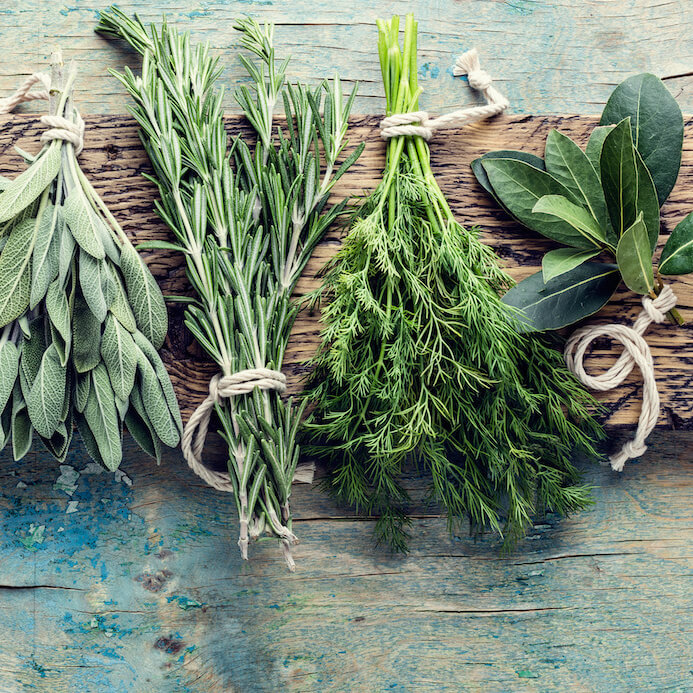Living Maxwell
Better Choices
What is Biodynamic and Why Do The Products Taste So Good
Whenever I get asked the question of which are the best tasting organic foods, my response is always the same: the Biodynamic ones.
For quite some time, I have been wondering why exactly Biodynamic tastes so delicious, so I went digging for an answer.
THE BASICS
To understand why Biodynamic tastes so good and different from the rest, let’s first discuss its origins and then define it.
In the early 20th century, industrialization wasn’t just sweeping the manufacturing world, but it was impacting agriculture as well. Farming tried to mimic factory production lines as best as it could, which meant the introduction of synthetic fertilizers and pesticides, antibiotics, and keeping animals in very close quarters.
Unsurprisingly, the farms began to suffer, soil quality deteriorated and the health of animals worsened. Seeking to reverse these conditions, farmers turned to noted Austrian scientist, philosopher, and founder of the Waldorf School, Dr. Rudolf Steiner.
In 1924, Rudolph Steiner held a series of eight lectures that he referred to as “The Spiritual Foundations for the Renewal of Agriculture.” His premise was that farms should be viewed as living organisms – not factories – and his philosophy integrated plants, animals, water, air and soil into a self-regulating and self-contained ecosystem.
One of his points of emphasis was the “energy” necessary on healthy farms, and that this “energy” was essential to enable humans to realize their full potential.
Since organic was defined 20 years after Biodynamic, organic standards, in general, adhere to the Biodynamic standard.
Aside from those basic parameters, the core tenets of Rudolph Steiner’s philosophy include the following:
1) Biodynamic is the whole farm, not just a part of it. In organic, sections of the farm may be certified organic while others don’t have to be. This is not allowed in Biodynamic.
2) 10% of the farm’s acreage must be set aside for biodiversity. Many farmers choose to grow oak groves, insectary plants, and hedgerows, and some have riparian zones in this special 10% acreage.
3) In terms of pest control, Biodynamic is very specific about this and looks to the farm to create solutions for itself.
While many farmers plant based on the lunar cycles, this is not a requirement of Biodynamic.
THE SUSTAINABLE NATURE OF BIODYNAMIC
According to Elizabeth Candelario, Managing Director of Demeter USA, the agency that certifies products and farms to the Biodynamic standard in the U.S., “We have to stop thinking about farms as factories but as organisms, following the cycles of nature. And in Biodynamic, everything is geared toward the ultimate in sustainability.”
As such, Demeter does not compromise when it comes to how rigorous and exacting its standards are.
Most notably, Demeter tests and allows for zero GMO contamination in its products. Yes, zero.
This is starkly different than the Non-GMO Project standard and European GMO standard, which each allow for 0.9% GMO contamination. USDA organic certification has not established any level of acceptable GMO contamination.
Furthermore, organic has one food processing standard for all products, while Demeter has 19.
“For a Demeter product, we want to make sure that the integrity of agricultural substances remains intact. Our goal is minimal processing with maximum integrity,” said Elizabeth Candelario.
GROWTH IN THE MARKETPLACE
Since many companies in the organic marketplace have been seeking to offer their customers as clean and authentic a product as possible, there has been a definite resurgence in the interest in Biodynamic. While Demeter-certified products can now be found at various retailers throughout the country, the Biodynamic movement can thank one grocery chain in particular for jumpstarting the market in the U.S.
Elizabeth Candelario credits Whole Foods Market and its former lead buyers, Errol Schweizer and Dwight Richmond, the Global Executive Grocery Coordinator and the Global Grocery Purchasing Coordinator, respectively, for playing an absolutely critical role in getting companies and farms interested in Biodynamic.
“Errol and Dwight got the ball rolling. Those two had the power to make it happen, and they did make it happen,” she said. Errol Schweizer, one of the industry’s stars, has since joined the board of directors at Demeter USA.
In terms of numbers, it is expected that by the end of 2016 there will be approximately 230 Demeter brands, farmers and traders in the U.S., and that number goes to 4,600 when you look at it from a global perspective.
Without question, Germany remains the leader, and 10% of its organic farmland is Biodynamic. The country also has stores that carry nothing but Demeter products!
Back here in the U.S., interest continues to be very strong but supply constraints remain an issue, something we are dealing with as well in organic. Building the pipeline quickly is a significant challenge.
GETTING BACK TO THE TASTE ISSUE
Despite organic and Biodynamic having similar prices, there does seem to be a significant difference when it comes to taste.
If you follow my blog, you know that one product that I used to rave about is Yellow Barn’s Biodynamic pasta sauce from Italy. It was just phenomenal.
Nikhil Arora, co-founder of Back to the Roots, one of the most innovative and dynamic organic companies in the industry, pushed hard to go down the Biodynamic route as well.
“We launched a Biodynamic cereal for several reasons but taste was a main one. Our Biodynamic ingredients, such as stone-ground whole wheat and Celyon cinnamon, each have such unique flavor profiles.”
When you take a step back, it isn’t hard to explain why Biodynamic offers such great taste.
On a commercial scale, Biodynamic food is the closest thing we have to how food was grown before the industrialization age. Or, it’s how food was meant to be grown. It’s really that simple.
—
To find a list of Biodynamic products and farms near you, you can visit www.biodynamicfood.org.
(Kirshenmann Family Biodynamic Farm in Medina, North Dakota – Photo courtesy of Demeter USA)
